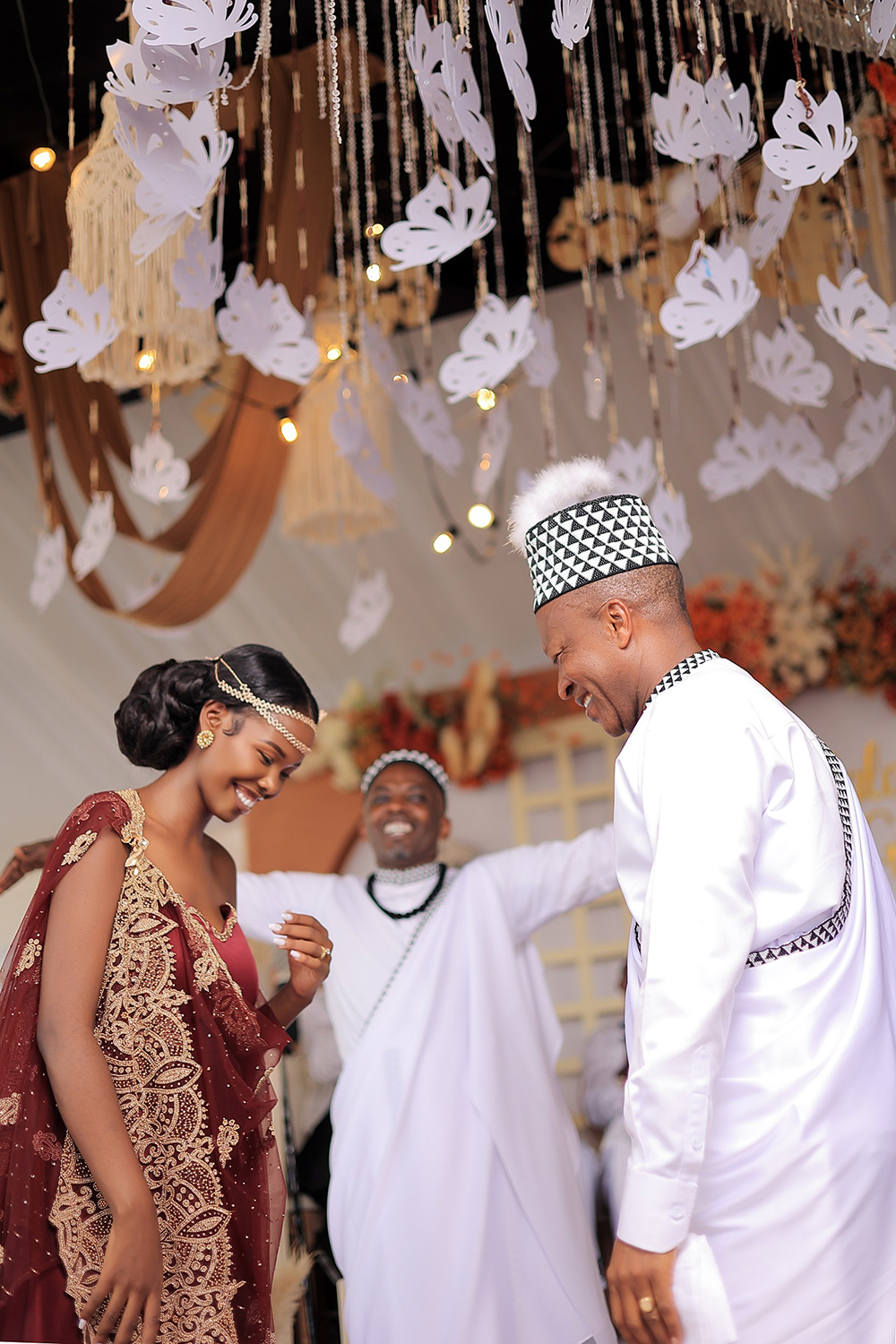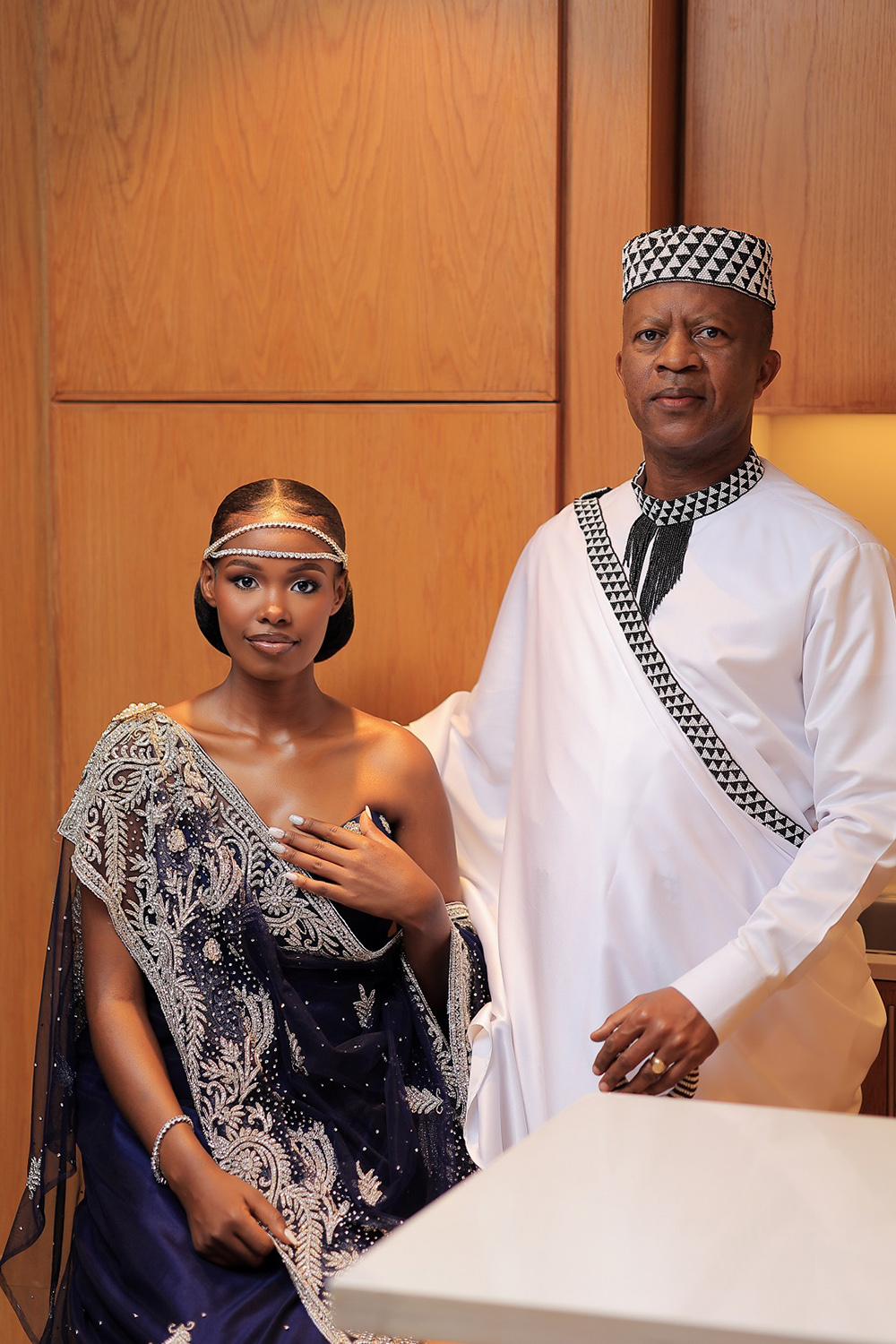Ent. & Lifestyle
Gashumba marriage rekindled pride in Banyarwanda culture
For years, many indigenous Banyarwanda in Uganda have quietly abandoned their cultural practices, not out of disinterest, but because of systemic marginalisation, social stigma and a lack of high-profile figures to champion their identity.
Gashumba marriage rekindled pride in Banyarwanda culture
By: George Muhimbise, Journalists @New Vision
____________________
The recent introduction and give-away ceremony of Malaika Mutoni to social entrepreneur Frank Gashumba in Sembabule district was more than a glamorous social event: It was a powerful cultural statement that reignited the pride of the Banyarwanda community in Uganda.
While the occasion dazzled with exquisite modern aesthetics, it stood out even more for its unapologetic and rich display of Banyarwanda culture.
For years, many indigenous Banyarwanda in Uganda have quietly abandoned their cultural practices, not out of disinterest, but because of systemic marginalisation, social stigma and a lack of high-profile figures to champion their identity.
As the leader of the Council for Abavandimwe, which is an association that unites Banyarwanda of Ugandan descent, Gashumba masterfully fused modern style with authentic Kinyarwanda traditions. From the traditional Emishanana attire worn by the men (a rare sight for many) to the cultural music that serenaded the guests, the event was a living museum of Banyarwanda heritage. Notably, celebrated Rwandan musician Masamba lifted the spirits of guests through performances deeply rooted in Rwandan folklore.
Importantly, the entire ceremony was conducted in Kinyarwanda: The emcee communicated in Kinyarwanda, the performances were in Kinyarwanda, and every symbolic ritual was anchored in Kinyarwanda tradition.
The ceremony followed the full tradition of a Kinyarwanda give-away. Gashumba presented a bride price of 12 cows and sh6 million in cash, in accordance with ancestral norms. In a moment steeped in symbolism, the bride’s family lit a fire—a cultural practice that represents warmth, welcome, and the continuity of lineage. Such meaningful gestures, often erased by modernisation or discouraged due to fear of discrimination, were boldly brought back to life.
For a long time, many Banyarwanda in Uganda had suppressed their identity. Decades of segregation and bureaucratic barriers—especially in acquiring national identity cards and passports—forced them to hide who they are. Some even began adopting other cultures to blend in and avoid stigma. The absence of role models openly embracing Banyarwanda culture made things worse. But Gashumba’s public embrace of his heritage has changed the tide.
Thanks to his relentless advocacy, many Banyarwanda are now receiving their national IDs and passports without major hurdles, an achievement that has restored dignity to a community that once felt invisible. Across Uganda, young Banyarwanda are now increasingly proud to celebrate their roots, wear their traditional attire, speak their language, and revive long-forgotten customs.
It is crucial to note that Article 10 of the Constitution of Uganda recognises Banyarwanda as one of the indigenous tribes of this country. Historically, the 1911 Population Census counted Banyarwanda as indigenous to Uganda, contrary to attempts by some to label them as foreigners.

The subsequent censuses of 1949, 1959, and 1969 placed Banyarwanda as the second-largest ethnic group in Buganda and fifth nationwide. However, due to systemic discrimination, the 2024 Census saw Banyarwanda ranked among the smallest tribes, a stark contrast that calls for national reflection.
Culture is not just a set of rituals, it is the foundation of identity, solidarity, and continuity. The erosion of African cultures under colonialism and western influence left many communities fragmented. But as seen in global powerhouses like China, Japan, and Russia, cultural preservation is a cornerstone of national strength.
His ceremony was not just about love and marriage—it was a cultural revolution. By placing Banyarwanda identity at the centre of a national spotlight, Gashumba reminded his people—and the nation at large—that being Banyarwanda is not a shameful secret, but a proud heritage worth preserving.